The fashion evolution of Bianca Balti, from Dolce & Gabbana muse to conscious fashion icon
Bojana JovanovićMay 19, 2025
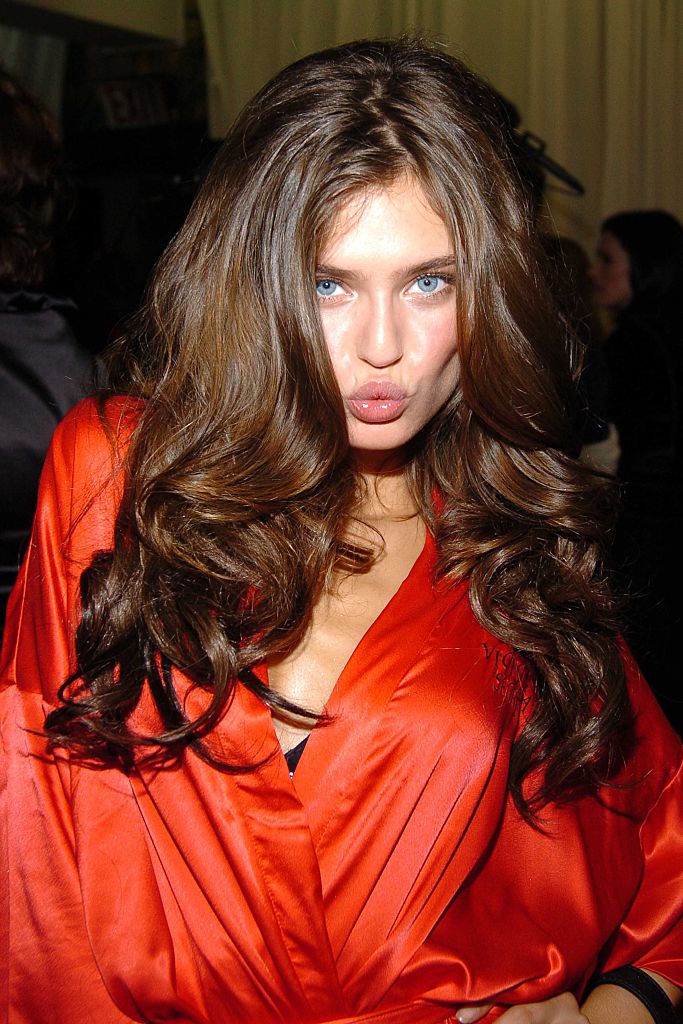
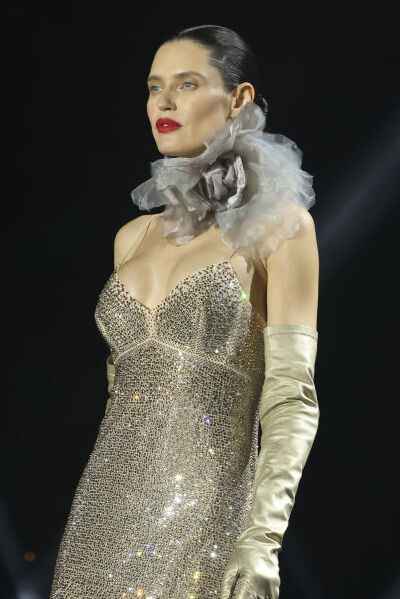
May 19, 2025
I don’t remember the first time I heard about Bianca Balti. It feels like she has always been there, accompanied by the scent of almond milk, the rustle of black lace, and the voice of an Italian diva at dusk. And then, that Vogue Portugal cover from 2012 (Bianca has appeared on seven Vogue covers so far), which, among all the others, is my personal Roman Empire. Not just because of the photograph, but somehow I’ve always felt that through her, I’m looking at a woman who carries both centuries and the present moment, mystery and vulnerability — everything Italy knows how to be when it stops trying to be perfect.
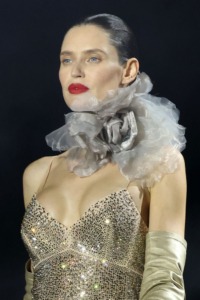
Photo: Getty images
Bianca Balti’s career began almost by chance. She was discovered while working in a supermarket in her native Lombardy. Isn’t that the kind of beginning fairy tales love? At that time, several modeling agencies had previously rejected her, saying she wasn’t cut out for the industry, and some even claimed her facial features were too pronounced or unusual. I’m sure it wasn’t easy for them when Bianca’s success reached stellar heights. Despite those early rejections, everything changed in 2005 when she was hired for her first major campaign with Dolce & Gabbana. It was one of those debuts that immediately went down in fashion history and became a legendary moment of Italian glamour that instantly launched her into the heart of the fashion scene. That first appearance kicked off her decades-long collaboration with the brand and turned her into a symbol of Italian beauty and sensuality. “I grew up with Dolce & Gabbana campaigns hanging on the walls of my teenage bedroom, dreaming that one day I would become a model,” Bianca said in an interview with Vogue Italia. She became the muse of Domenico Dolce and Stefano Gabbana, the face of their campaigns, the embodiment of Mediterranean beauty, the perfect blend of sensuality and almost religious drama. She wore tulle and black like other women wear jeans. She walked the runway pregnant, with her daughter Mia in her belly, as the spotlight illuminated her stomach. She was la mamma, la donna, la santa, la peccatrice — all in one body.
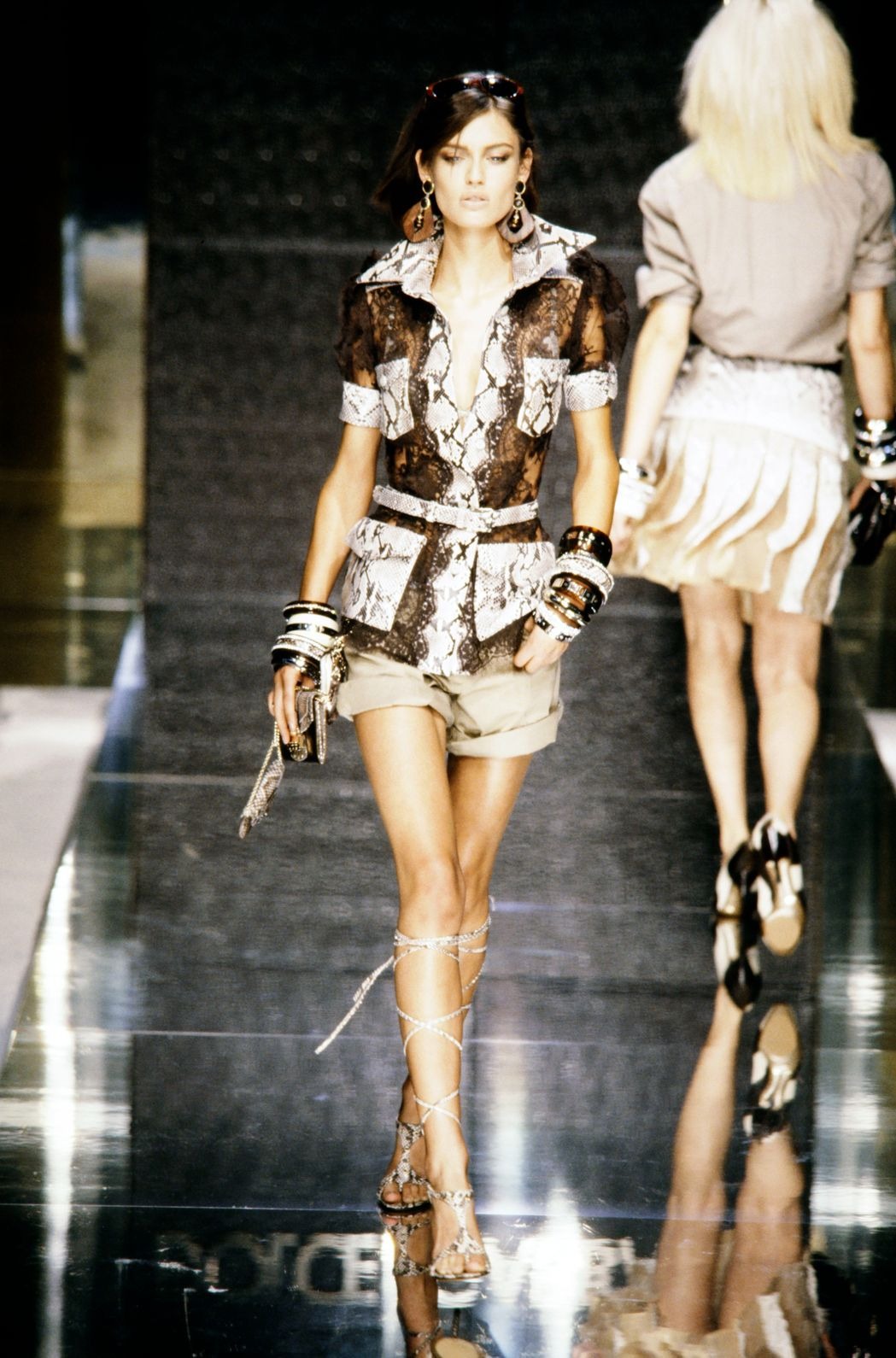
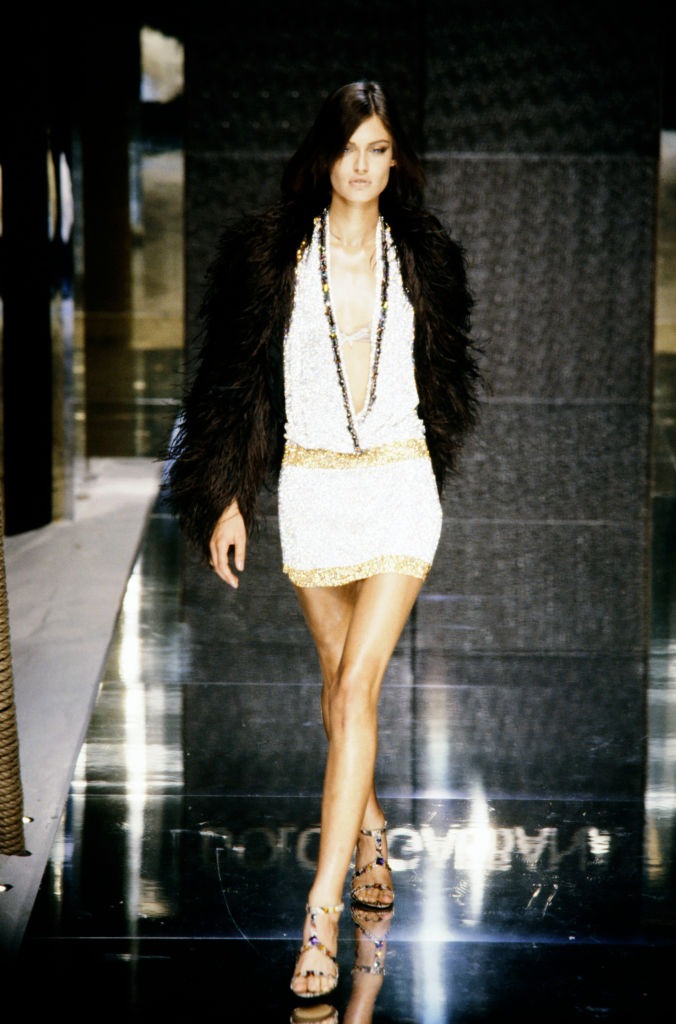
But if Balti had remained only a symbol of one brand’s aesthetics, the story would be incomplete. It is precisely her ability to break stereotypes that makes her relevant today. For a long time, she was seen through the lens of the “typical Italian beauty”: dark hair, blue eyes, voluptuous curves, and that irresistible eros in her aura. However, Balti consciously chose to shatter that image, starting from the role of women in the beauty industry to her own life and choices. Years later, she admitted to struggling with depression, feelings of emptiness, alcohol addiction, and body insecurities. In one interview, she said, “I started living for validation. I no longer knew who I was behind the spotlight.” Balti managed to fulfill her dream and become the face of the campaigns she once hung on her walls, but she also completely redefined the concept of a supermodel. She became a person whose relevance today lies in not running away from imperfections but using them to question the role of women, models, and public figures. That is why I consider her one of the greatest icons of the fashion industry.
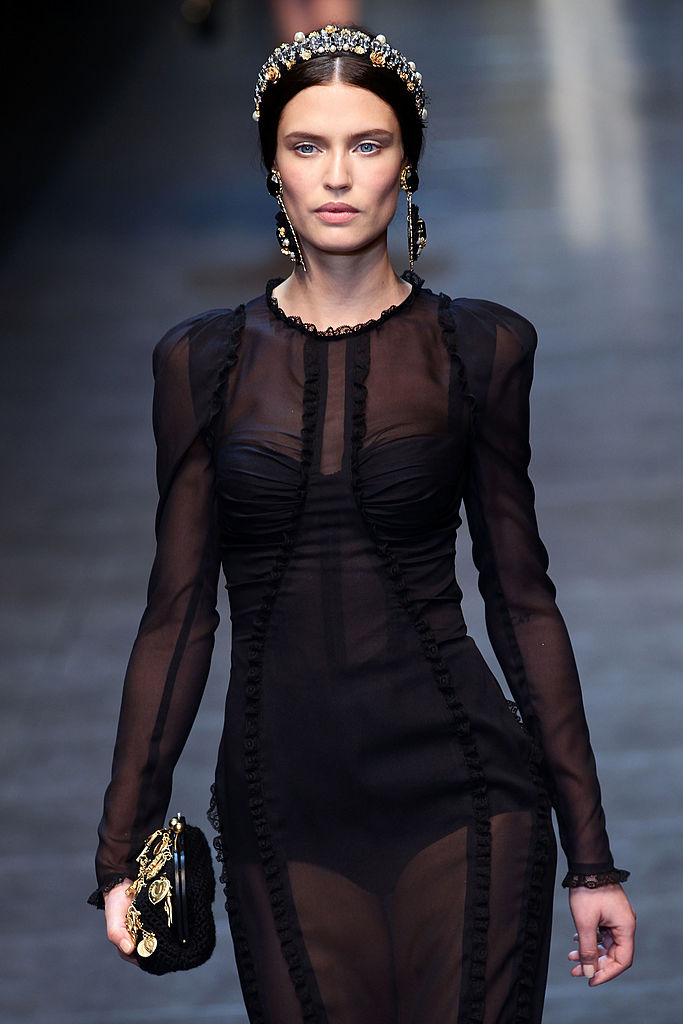
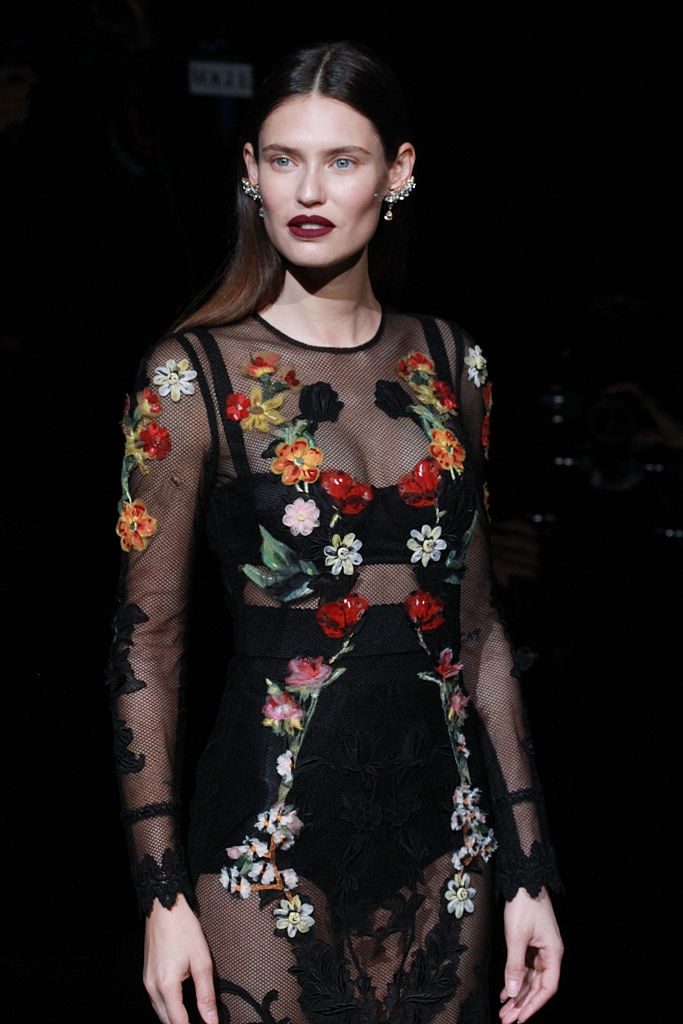
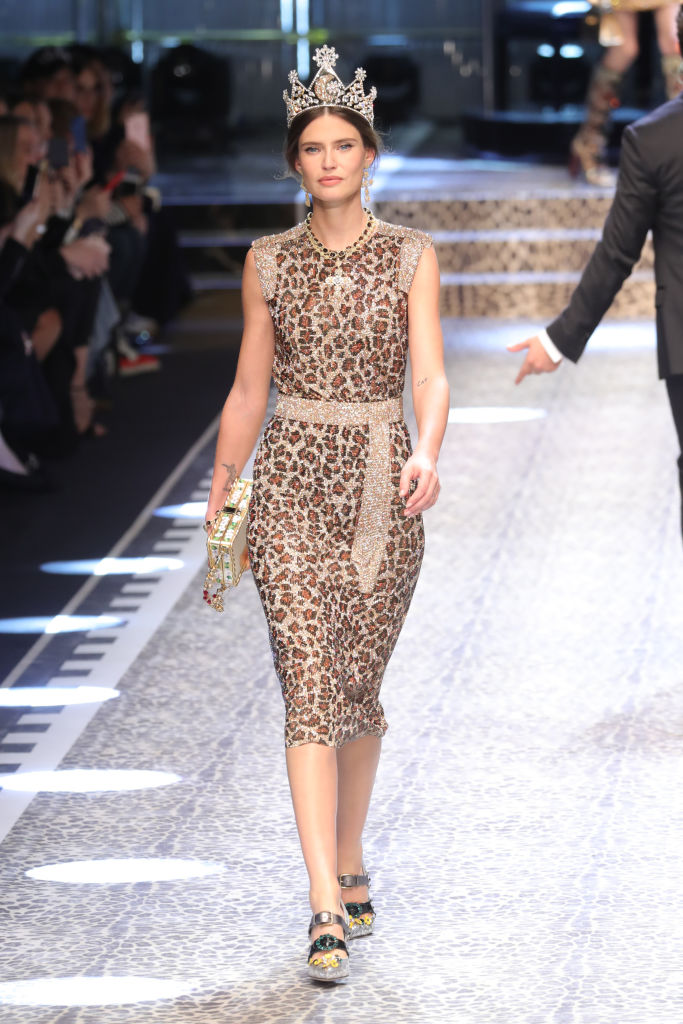
One of the shows I often think about is the 2005 Victoria’s Secret Fashion Show. Bianca proved she could effortlessly transition from the world of sophisticated Italian glamour to a global pop spectacle. She was among the few European models at the time given the chance to wear wings, at the very peak of Victoria’s Secret’s influence. Her presence opened doors for many models who didn’t fit the brand’s stereotypical American aesthetic, and the fact that she became an archetype of a Victoria’s Secret Angel—despite walking the show only once, in 2005—speaks volumes about her extraordinary impact on the fashion industry.
Before all that came the iconic 2004 cover for L’Officiel magazine, which propelled her career on an upward trajectory. All the countless campaigns, shows, fashion weeks, and editorials that followed in the next decades cemented her rich career as a supermodel who demonstrated the rare ability to pull off a wide variety of looks, making each one absolutely her own and authentic.
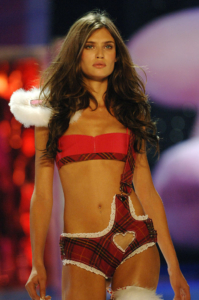
Bianca Balti at 10th Victoria’s Secret Fashion Show 2005. Getty images
When it comes to Bianca Balti, many people immediately think of Dolce & Gabbana and that unbreakable bond between her and the brand that turned her into the muse of Italian glamour. But it would be unfair to view her contribution solely through the lens of one aesthetic universe. Her face, walk, and presence have become part of a much broader fashion mythology. Bianca has left an indelible mark on the runways of other major designers as well, carving her place in fashion history through moments that deserve to be remembered.
One of those moments was the Valentino Spring 2005 show, where she appeared as the embodiment of classic elegance. Then came Alexander McQueen in 2006, where dressed in a striking leather ensemble with sleek, voluminous hair, she brought to the runway a mix of power, sensuality, and sophistication. Her presence was untamable yet always controlled—as if she knew exactly how much darkness and light to let through. A few years later, in 2010, at the Salvatore Ferragamo show, she walked head to toe in a brown shade that has since made a grand comeback, wearing it with such ease that she seemed like an ambassador of future elegance.
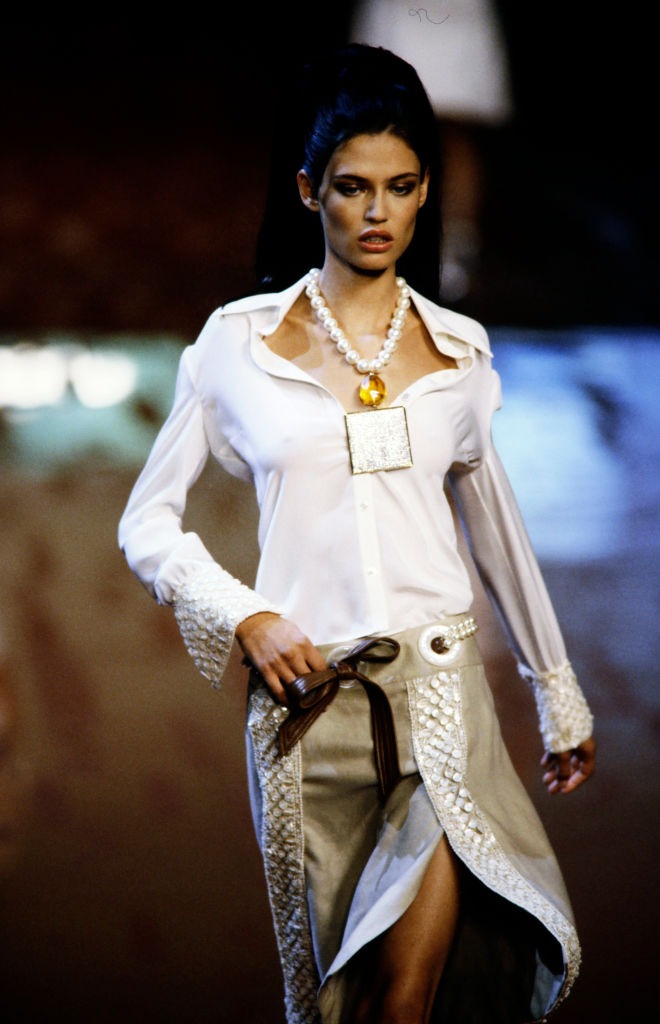
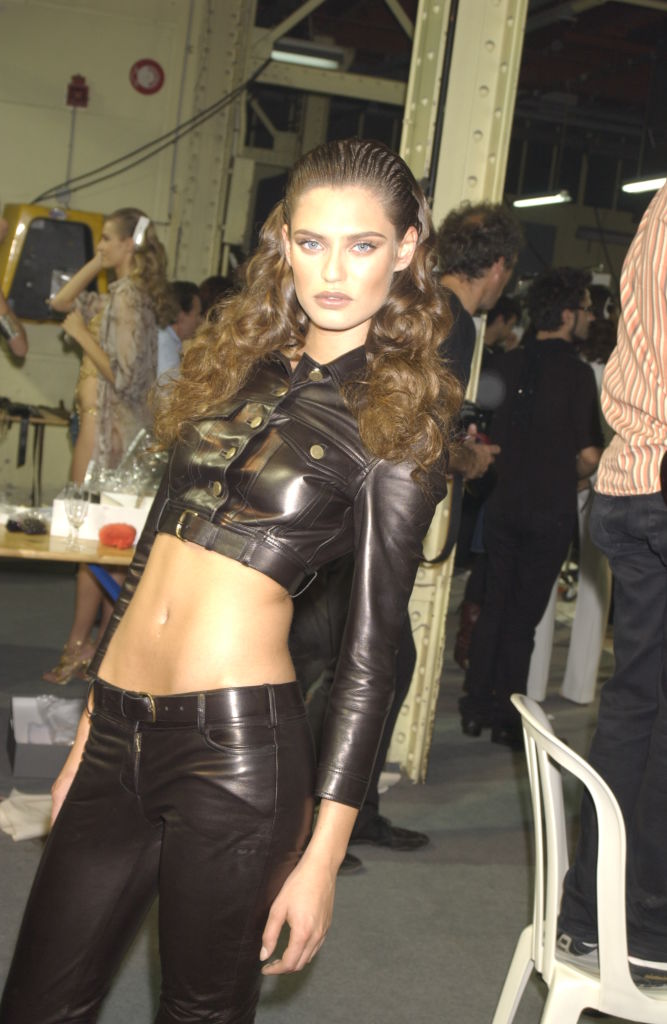
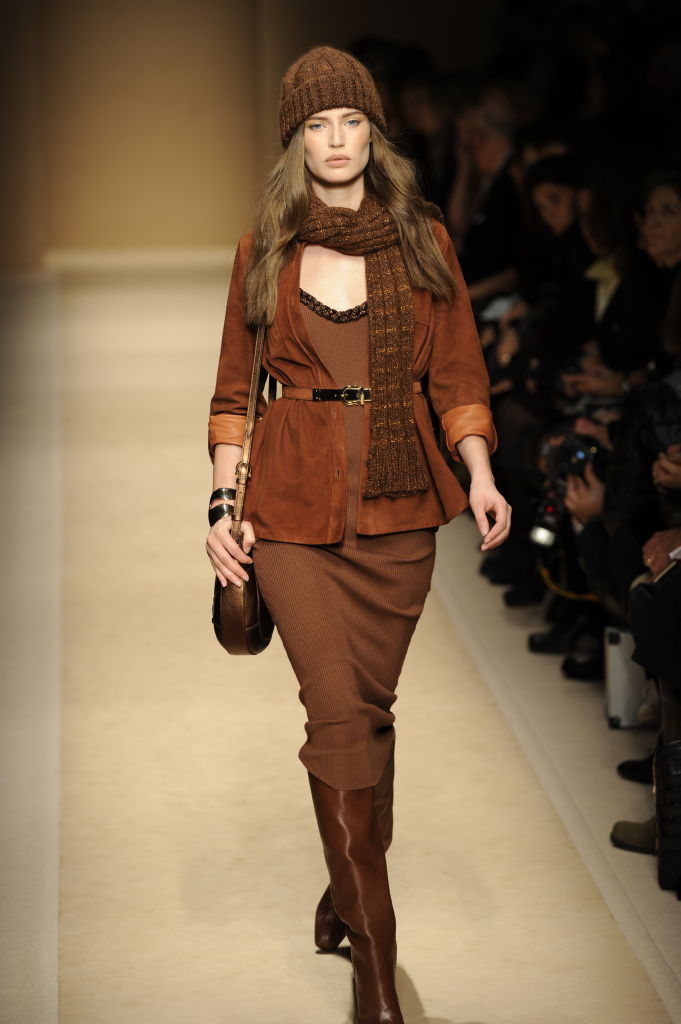
For years, Bianca has spoken openly about motherhood, aging, and insecurities. In interviews, she admits that her friendship with Domenico Dolce and Stefano Gabbana changed her life—they gave her a chance when she needed it most. But this is not just a story of gratitude. It’s the story of a woman who knew how to honor and surpass that trust. In recent years, Balti has increasingly used her voice to promote natural beauty, openly discussing mental and physical health as well as the pressures of the fashion industry. We see her more and more as a woman redefining the meaning of a “fashion icon.” She is no longer just the face of a campaign—she is an authority. And as cliché as it may sound, she doesn’t strive to look perfect; she strives to be “something more.” That “something more” vibe is reflected today in her decisions to turn down campaigns that don’t align with her values, to advocate for mental health, to share her battle with cancer and authenticity, and to speak openly about a body that changes, ages, and isn’t always meant to be desirable.
In February 2025, just a few months after finishing chemotherapy, Bianca appeared on stage at the Sanremo Festival as the host of the festival’s second evening. Her presence—both powerful and emotional—was met with great enthusiasm from the audience. Her appearance at Sanremo served as yet another reminder that true greatness isn’t measured by looks alone, but by the ability to inspire others in moments of personal vulnerability.
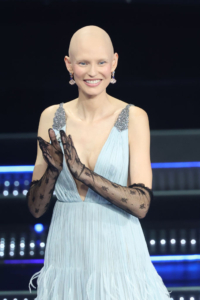
Bianca Balti, Sanremo Music Festival 2025, Getty images
Although primarily known for her modeling career, Balti has also explored her talents beyond the fashion runways. She acted in the film Go Go Tales by the controversial director Abel Ferrara, sharing the screen with Willem Dafoe. In that film, her sensuality was brought to life not just physically but also through character, attitude, and self-awareness. Years later, in 2018, she appeared as the host of the Italian version of the competition show Ultimate Beastmaster, proving that she possesses charisma for television as well. Even on the small screen, Bianca Balti remains a presence that’s hard to ignore.
She is still an ambassador for Dolce & Gabbana, and their aesthetic continues to bear the mark of her face. But this is no longer the face seeking validation. It is the face of a woman who has chosen to embrace her own vulnerabilities, embody the iconic glamour of Italy, speak out about stereotypes surrounding women in the industry, and redefine what it means to be an “Italian beauty” today. Bianca Balti does not live off past glory—she constantly creates new ways to present herself through the prism of glamour. If she was once an icon of perfection, she is now an icon of authenticity. And perhaps that is why she is an even greater icon than ever before.
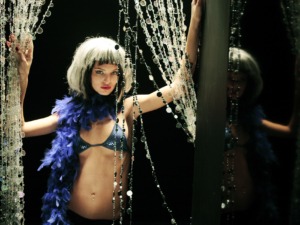
Bianca Balti, Go Go Tales, 2007.